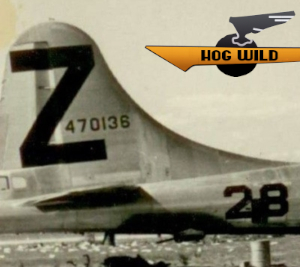Счёт на пальцах до сорока или почему мы говорим сорок

Оглавление ПРОИСХОЖДЕНИЕ ПОДТВЕРЖДЕНИЯ Словесные подсказки Отличия ДЦАТЬ и ДЕСЯТЬ ПАЛЬЦЕВЫЙ СЧЁТ ДО СОРОКА ДЦАТЬ ДЕВЯТЕРИЧНОСТЬ ДЦАТИ Слово-число ДЕСЯТЬ А СОРОК ? НОЛЬ ПРАВАЯ и ЛЕВАЯ ТРИДЦАТЬ ДЕВЯТЬ и ТРИ ДЕВЯТЬ СОРОК и ТРИ ДЕСЯТЬ Числа В СКАЗКАХ А.С. Пушкина СОРОК - ХРИСТОС, КРЕСТ и КАРАЧУН СОРОК и СКОРОСТЬ Заключение ПРОИСХОЖДЕНИЕ Здесь приводится наше толкование слова СОРОК . Разбор других толкований смотрите в записи " Макс Фасмер и мешки сороки ". Слово и число " сорок " считается загадочным потому, что не вписывается в систему исчисления десятками и должно вроде бы звучать как " четырьдесять ". В чём тут дело? Всё просто, если учесть, что наши предки бумаг и ручек не имели. Зато у наших пращуров под рукой всегда были руки и пальцы на ладонях. Счёт на ладонях обеих рук позволяет считать до сорока , а не до пятидесяти, как можно было бы подумать. Для такого счёта нужно согнуть четыре пальца правой руки в костяшках , а большим ...

